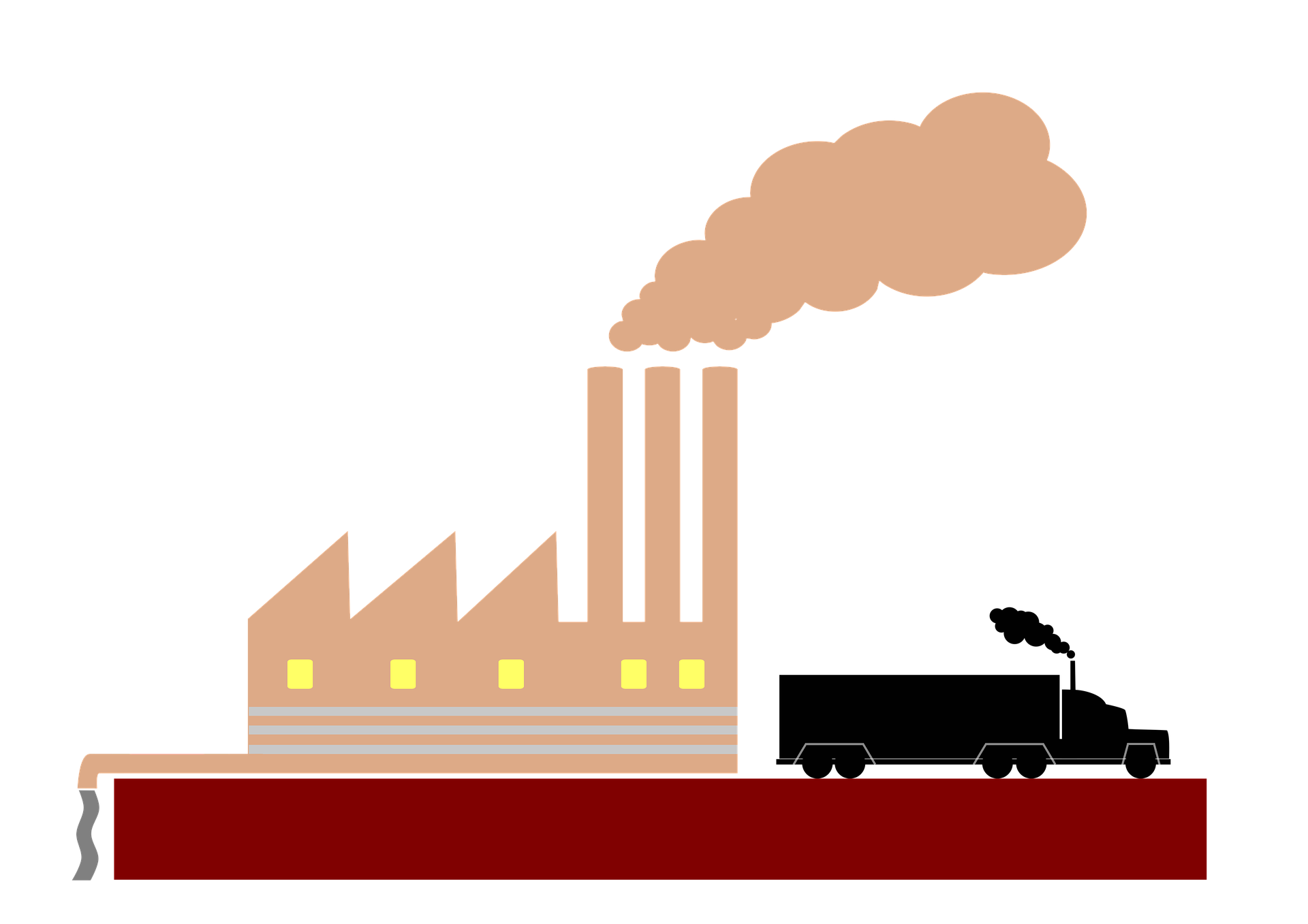Indoor Air Quality is air within and around a building that is known to affect the health, comfort and well-being of a building’s occupants. The EPA estimates that poor indoor air quality affects 33% to 50% of commercial buildings in the United States. Over 10 million work days are also lost each year from poor indoor air quality. That is why taking the time to examine your indoor air quality standards is something every facility manager should do.
INDOOR AIR QUALITY STANDARDS
Researcher firms have also taken a look at indoor air quality standards and their effect on employee output. One study placed subjects into a controlled room and asked them to complete cognitive tasks while the overall indoor air quality was adjusted. Subjects in poor indoor air conditions had cognitive scores decrease 61%.
Naturally, the next question was whether the costs of fixing these issues was worth the investment. When comparing the costs associated with improving indoor air quality standards vs the increase in productivity of employees the evidence was clear. “Even with conservative estimates, the increased productivity of an employee is over 150 times greater than the resulting costs.” *Economic, environmental and health implications of enhanced ventilation in office buildings.
TYPES OF POLLUTANTS
With numbers like these it is important to take the time to better understand what qualifies as a contaminant. The EPA made the following chart to help break down the different types of indoor pollutants and their most common sources:
| Pollutant or Pollutant Class | Potential Sources |
|---|---|
| Environmental Tobacco Smoke | Lighted cigarettes, cigars and pipes |
| Combustion Contaminants | Furnaces, generators, gas or kerosene space heaters, tobacco products, outdoor air and vehicles |
| Biological Contaminants | Wet or damp materials, cooling towers, humidifiers, cooling coils or drain pans, damp duct installation or filters, condensation, re-entrained sanitary exhausts, bird droppings, cockroaches or rodents, dust mites on upholstered furniture or carpeting, or body odor |
| Volatile Organic Compounds (VOCs) | Paints, stains, varnishes, solvents, pesticides, adhesives, wood preservatives, waxes, polishes, cleaners, lubricants, sealants,dyes, air fresheners, fuels, plastics, copy machines, printers, tobacco products, perfumes and dry cleaned clothing |
| Formaldehyde | Particle board, plywood, cabinetry, furniture, fabrics |
| Soil Gases | Soil and rock (radon), sewer drain leaks, dry drain traps, leaking underground storage tanks and land fills |
| Pesticides | Termiticides, insecticides, rodenticides, fungicides, disinfectants and herbicides |
| Particles and Fibers | Printing, paper handling, smoking and other combustion, outdoor sources, deterioration of material, construction/renovation, vacuuming and insulation. |
AIR MONITORING SYSTEMS
First, we need to understand how most systems currently work. Traditional systems will have a required number of air changes assigned to a specific space. Hospitals for example will have stricter requirements than office buildings. Traditional system move enough air to ensure air change requirements are met, but never actually monitors the air quality itself. Air Monitoring Systems on the other hand are a good way to ensure indoor air quality levels are appropriate. These systems monitor the air quality and increase or decrease the number of air changes in a space based on the readings.
This has two major benefits. First, it ensures that indoor air quality standards are met. Second, it can also reduce the number of air changes needed, resulting in significant cost savings. The savings on energy is significant enough that most buildings will see a payback on investment in less than 3 years.
Air monitoring systems can measure air quality through duct probes, wall mounted sensors and ceiling mounted sensors. These systems can also generally integrate with existing building controls.
AIR CLEANING SYSTEMS


While monitoring the air is a great idea, another thing you can do is clean the air as it moves through the ducts. This becomes especially important if you are dealing with mold, bacteria or viruses. There are a couple types of cleaning systems out there but two common ones are UV Systems and Bi-Polar Ionization Systems.
UV SYSTEMS
UV Systems can help people who suffer with allergies and also help prevent bacteria from causing issues in the workplace. They work by installing a high-powered UV light inside the duct system. As air passes through the ducts, the UV light kills the mold spores and bacteria. This has a direct impact on indoor air quality and is a viable option for some businesses.
BI-POLAR IONIZATION SYSTEMS
These systems come into contact with the air in your HVAC system and can kill mold, bacteria and viruses just like a UV system. The ions these devices release cause particles in the air to bunch together which makes them stick to your filter. These ions can also remove the hydrogen atoms from viruses’, bacteria and mold which results in the death of these pathogens.
An interesting video showing how this type of system works can be seen here. This system can be a great alternative to UV System. It can also generally come in at a lower price point.
HAVE QUESTIONS?
Do you need to know how your system would integrate with an air monitoring or cleaning system? Curious about what other options are available? Reach out to the experts at Rasmussen Mechanical Services and ensure your facility is operating like it should. Call us at 1-800-237-3141, email sales@rasmech.com, chat with a support agent, or contact us online.



